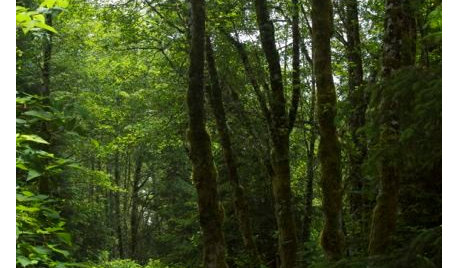I searched US online pond stores for Polygonum Bistorta "Superbum" and could not find it. I did find where folks in my zone in the US grow it but also have a hard time finding it. Makes me wonder if it is restricted or prohibited in the US as an invasive, non-native species but I cannot find out if it is? I guess if all non-native species were prohibited, we would have to pull up all azaleas, camelia's, most hybridized plants, etc. Can anyone shed light on this? I dont' put duckweed or water hyacinth in my pond as it feeds into a creek, and a nearby river and gets into the waterways which go to the lower part of the state where water hyacinth is a real problem and survives year-round though it dies back for us. I want to be responsible but how do you know what is restricted? I found seeds on eBay from the UK.








lucillle
lucillle
Related Professionals
Canton Landscape Architects & Landscape Designers · New Bedford Landscape Architects & Landscape Designers · Fitchburg Landscape Architects & Landscape Designers · Frisco Landscape Contractors · Bound Brook Landscape Contractors · Brooklyn Park Landscape Contractors · Edinburg Landscape Contractors · Fair Oaks Landscape Contractors · Hampton Bays Landscape Contractors · La Mirada Landscape Contractors · Milford Mill Landscape Contractors · Nutley Landscape Contractors · Ponte Vedra Beach Landscape Contractors · South Lake Tahoe Landscape Contractors · West Covina Landscape ContractorsjorainesOriginal Author
lucillle
jorainesOriginal Author
sdavis
jorainesOriginal Author